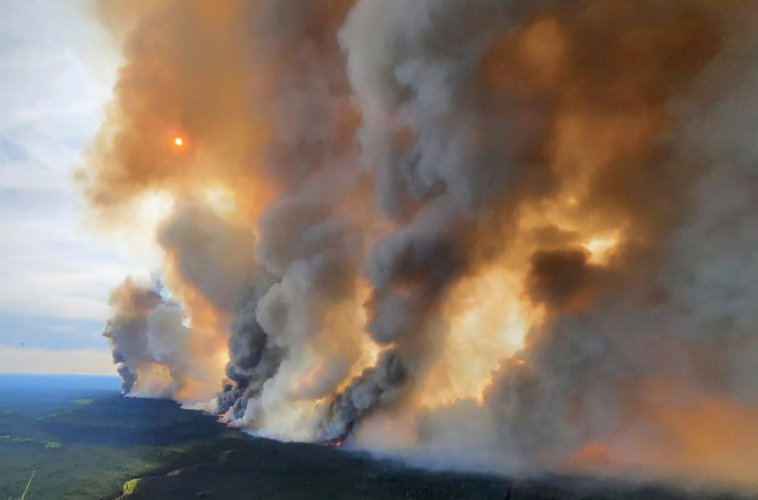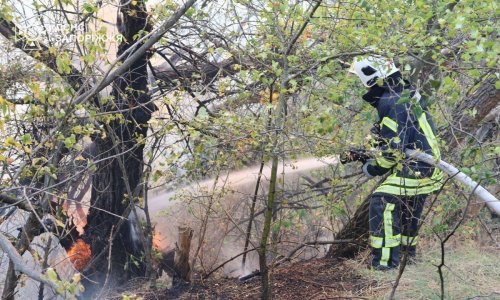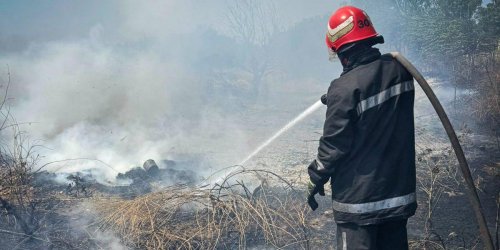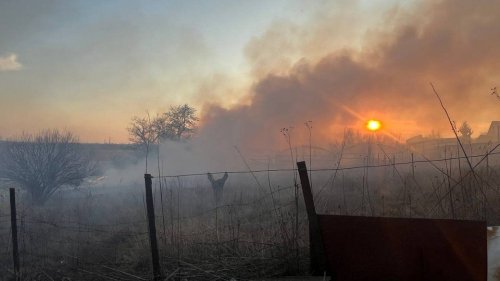This year, fires destroyed 8.8 million hectares of forest in Canada. Many of these fires were caused by embers that had "hibernated" underground since last year.
According to The Guardian, residual fires, which were previously a rare occurrence, now threaten to destroy forest resources and release enormous amounts of carbon.
"Zombie fires"
The fire season usually ends at the end of the year with the onset of cold weather and snow. However, in 2023, in British Columbia, Canada, the fire went underground, and the snow cover protected it from the frost. When spring came, the fire resurfaced and raged until August. In 15 months, the fire destroyed more than 600,000 hectares of forest.
Previously, such hidden winter fires were extremely rare. They were detected by steam rising from the frozen ground in the boreal regions of Alaska, Canada, and Siberia.
With the warming climate, such fires have become more frequent, "carrying" the fire into the next warm season. They radically change the soil and prevent the forest from recovering after the disaster. From December 2023 to spring 2024, about 100 fires "hibernated" in Canada in this way.
“Zombie fires, also known as residual fires, – are fires that move into the organic matter of the soil and smolder. This is very slow but hot burning over a long period, and then they flare up again,” – said Lori Daniels, Professor of Forest and Conservation Sciences at the University of British Columbia.
"Preserved" carbon breaks free
Permafrost soils in organic layers have been accumulating carbon for millennia. They occupy only 15% of the northern hemisphere, but the greenhouse gas reserves there are twice as much as there are currently in the Earth's atmosphere.
Slow smoldering at lower temperatures releases ancient carbon more efficiently than normal open-air fires.
Difficult recovery
The soil is a kind of seed bank. If fires are small or medium in size, forests can easily recover on their own. But large-scale fires that damage the organic layers of the soil can destroy many types of seeds. In general, after such fires, the soil burns down to its mineral component—all organic matter is destroyed by fire.
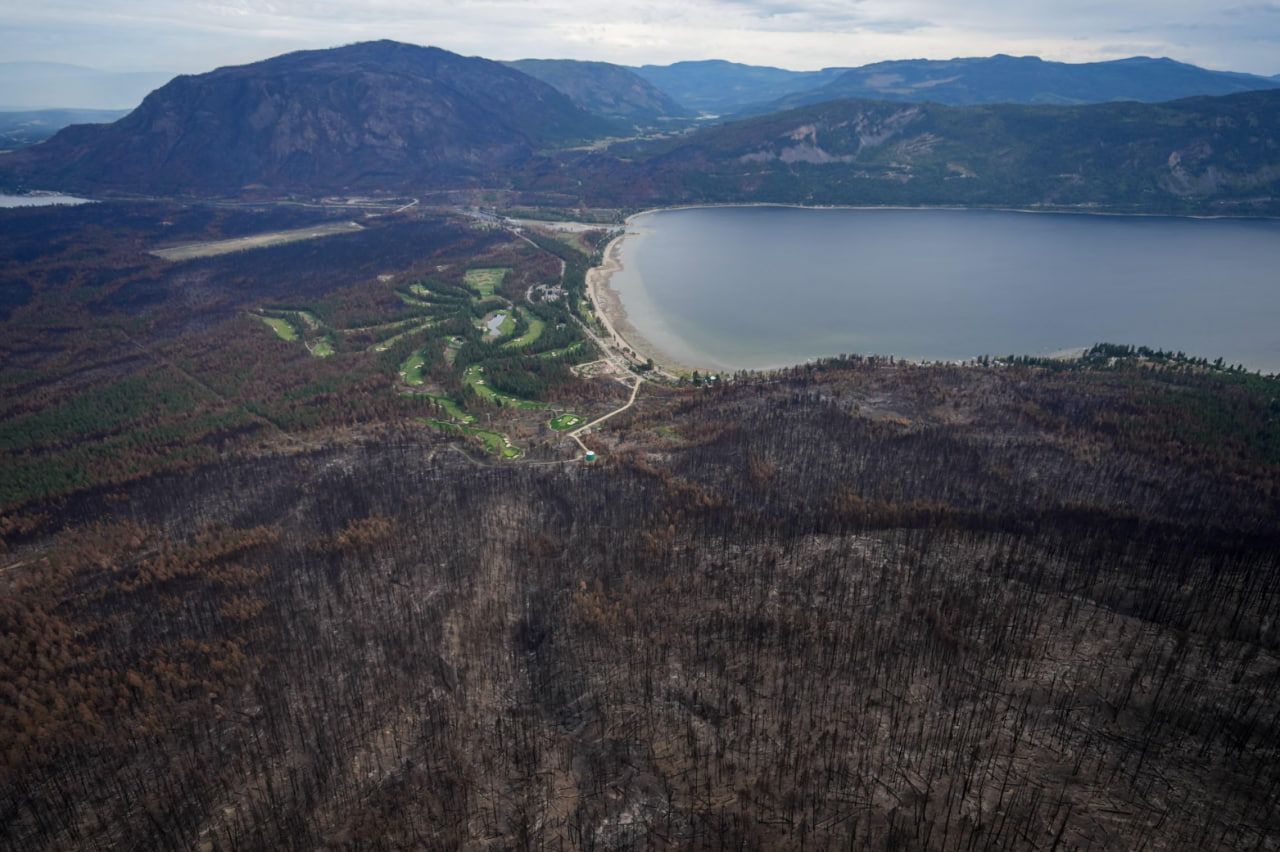
Source: The Canadian Press/Alamy
Satellite detection
Scientists are urgently developing methods for early detection of residual fires. They plan to track the sources of fires using satellite images.
Most fires are caused by humans or lightning, but their transition to the next season makes extinguishing them much more difficult.
Scientists suggest that a similar pattern can be observed in Siberia. However, Russia is not very open to international cooperation. Therefore, Western scientists do not have a complete picture for analyzing this global problem.
“The more the permafrost dries out, the more some of these organic-rich soils in the Arctic dry out, and the higher the temperature rises, the greater the likelihood that this fuel will be ready to burn,” noted Patrick Lushuaurne, Professor at the School of Earth Sciences at Ohio State University.
Earlier, EcoPolitic reported that the European Union postponed adopting a law intended to protect forests from deforestation caused by agricultural production.
At this year's COP30 climate conference, the Tropical Forest Forever Facility (TFFF) initiative was launched, which is based on a long-term strategy of investing in the restoration of tropical forests.

